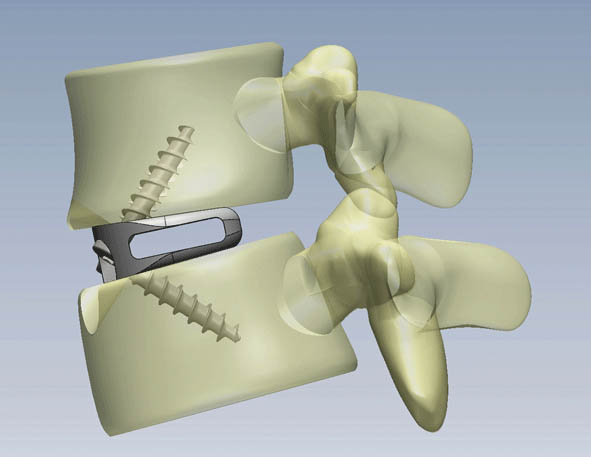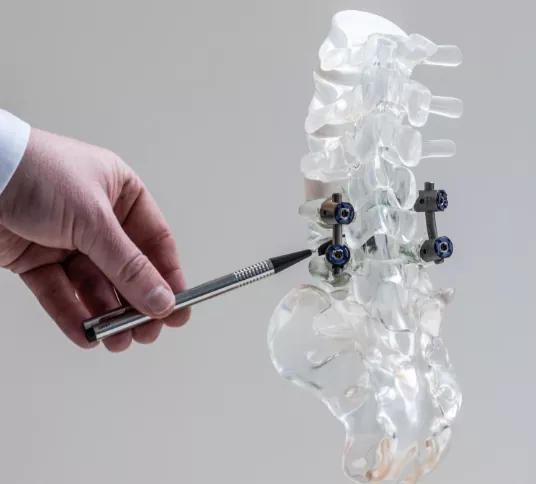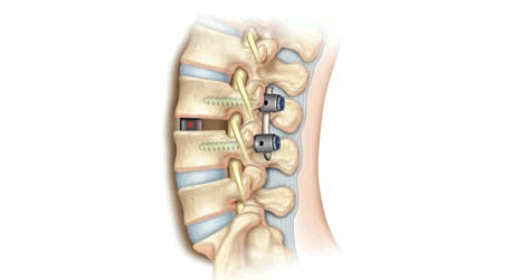
Spinal fusion is a surgical procedure where two or more vertebrae are joined together to stabilize the spine and alleviate back pain. There are several types of spinal fusion, including:

Anterior Spinal Fusion: This type of fusion involves placing bone grafts and metal plates in the front of the spine to stabilize the vertebrae.

Posterior Spinal Fusion: This type of fusion involves placing bone grafts and metal rods in the back of the spine to stabilize the vertebrae.

Lateral Spinal Fusion: This type of fusion involves placing bone grafts and metal rods on the sides of the spine to stabilize the vertebrae.
Exercises to Strengthen the Back Muscles and Improve Posture
After 6 to 12 months from the spinal fusion surgery, it is essential to engage in exercises that strengthen the back muscles and improve posture. This can help alleviate pain and promote a faster recovery. Here are some exercises you can do:
Knee to Chest Stretch: Lie on your back and bring one knee towards your chest. Hold for 30 seconds and then switch sides.

Pelvic Tilt: Lie on your back with your knees bent and feet flat on the floor. Tilt your pelvis upwards and then back down again, repeating the motion for 10-15 repetitions.

Cat-Cow Stretch: Start on your hands and knees. Arch your back, lifting your tailbone and head towards the ceiling (like a cat). Then, round your back, tucking your chin towards your chest and your tailbone towards the floor (like a cow). Repeat for 10-15 repetitions.

Proper Rehabilitation Techniques for Spinal Fusion
Proper rehabilitation techniques are crucial for a successful recovery after spinal fusion surgery. Here are some techniques you can use:
- Physical Therapy: Work with a physical therapist to develop a customized exercise program that targets your specific needs and goals.
- Stretching and Strengthening Exercises: Engage in exercises that strengthen your back muscles and improve flexibility, such as those mentioned above.
- Proper Lifting Techniques: Learn proper lifting techniques to avoid putting unnecessary strain on your spine.
When to See a Doctor for Spinal Fusion Treatment
If you are experiencing persistent back pain or discomfort after spinal fusion surgery, it is essential to see a doctor in order to manage spinal fusion after surgery. Here are some signs that you may need to see a doctor:
- Increased Pain: If your pain increases or becomes more severe, you should see a doctor.
- Numbness or Tingling: If you experience numbness or tingling in your legs or feet, you should see a doctor.
- Difficulty Walking: If you have difficulty walking or standing due to pain or stiffness, you should see a doctor.
Conclusion
Managing spinal fusion requires a combination of proper rehabilitation techniques, exercises, and medical care. By understanding the different types of spinal fusion, engaging in exercises that strengthen the back muscles and improve posture, and following proper rehabilitation techniques, you can promote a successful recovery and alleviate back pain. If you are experiencing persistent pain or discomfort after spinal fusion surgery, it is essential to see a doctor.
Speak With Us!
If you or a loved one requires neurosurgical care, trust in the expertise of a qualified neurosurgeon to guide you through your journey to recovery. Southern California Brain & Spine Surgery, a top Los Angeles facility, has treated spine problems for over 10 years. Dr. Moksha Ranasinghe is the lead neurosurgeon, who is a top-rated spine surgeon in Los Angeles on websites like Yelp, findatopdoc.com, Google Businesses, and Healthgrades. You can schedule an appointment with her by filling out the contact form or calling (213)369-4583.

